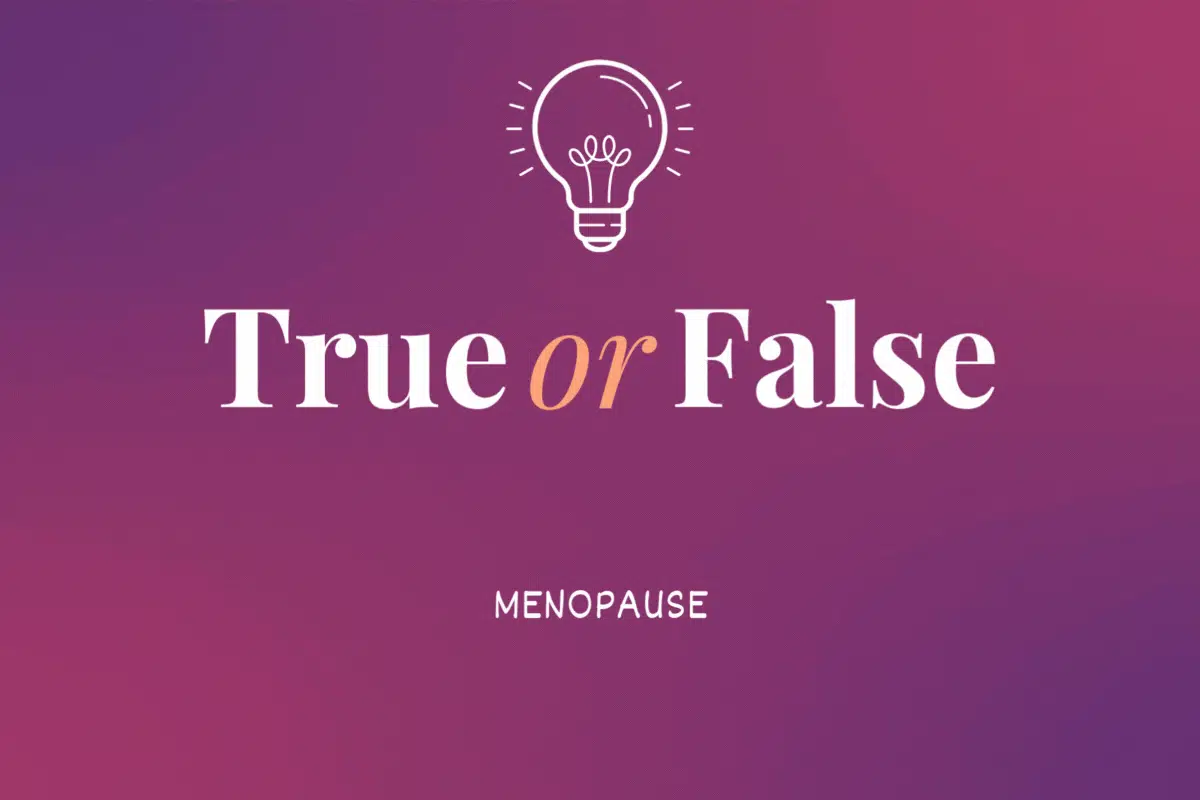
True or False: Menopause
Think you know everything about the stages of menopause? Take our quiz to find out.
Oct 18, 2024
Menopause & Aging Well
Think you know everything about the stages of menopause? Take our quiz to find out.
October 18, 2024, is World Menopause Day.
Menopause is a natural part of life that everyone who menstruates will go through at some point.
But if you feel self-conscious talking about menopause — we hear you. Despite the fact that more than half of the population experiences this change, there’s still stigma and disparities in education about all the different ways menopause can affect your body, mind and everyday life.
So, let’s pause here for a second so you can take our quiz (see what we did there?) and see how much you know about the signs, symptoms and important facts about menopause.
Correct
Incorrect
Correct
Incorrect
Correct
Incorrect
Correct
Incorrect
Correct
Incorrect
Correct
Incorrect
Correct
Incorrect
Correct
Incorrect
Correct
Incorrect
Correct
Incorrect
This educational resource was created with support from Astellas, a HealthyWomen Corporate Advisory Council member.